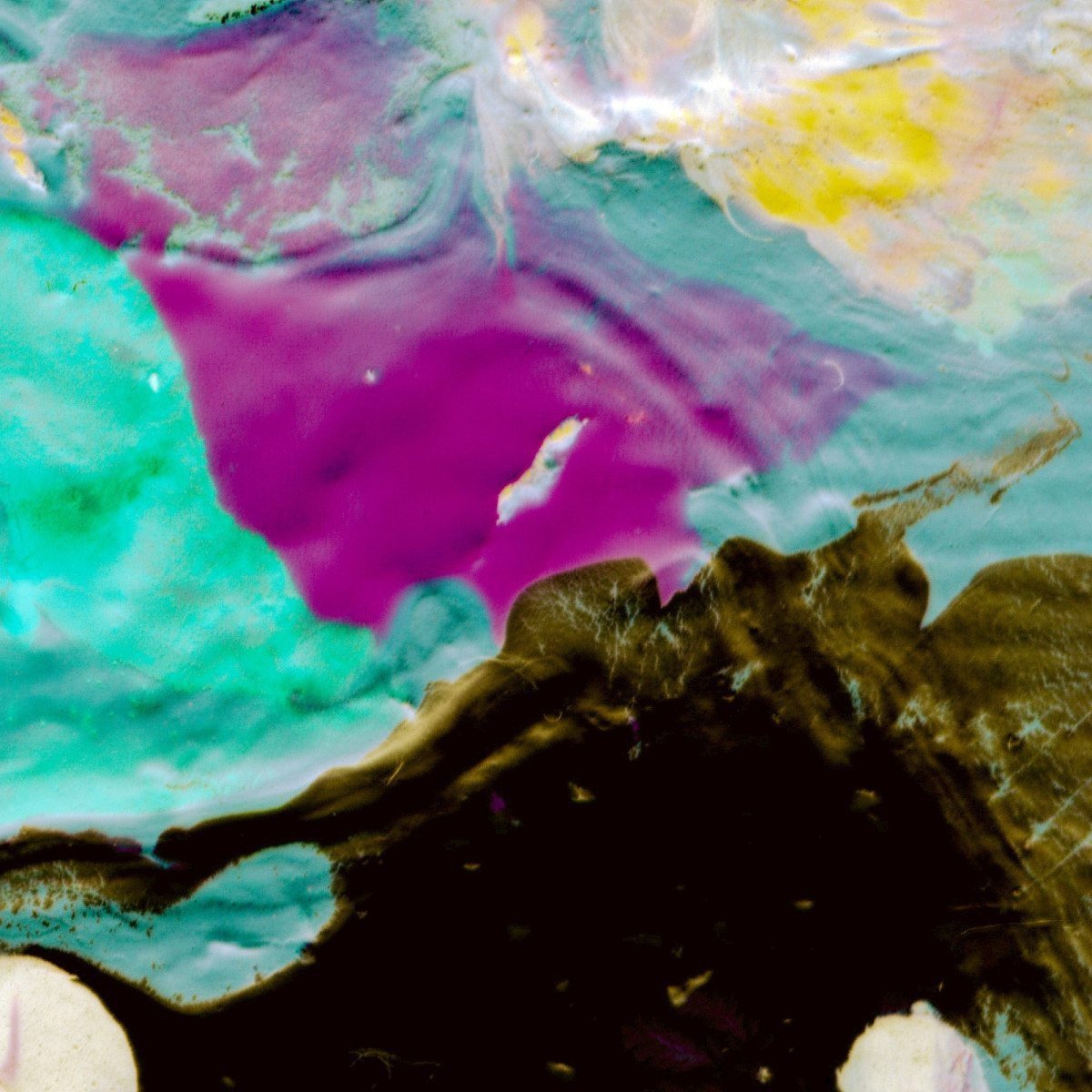Allow me to tell you a story about a 13-year-old me. I had just received my first digital camera – a simple point-and-shoot. Out of the blue, I found myself intrigued by a rusted old gear on my father’s workbench. I studied the gear’s unique patterns, noticing the undulating ways light played on its surface. Suddenly, an idea ignited – what if I used the camera to create art rather than just documenting reality? That simple query set off my journey into abstract photography.
Did you ever imagine that an everyday rusted object could transform into an artistic masterpiece? The world of photography is full of surprises. Do you know, for instance, that abstract photography makes up a whopping 30% of all purchased photography-related art? Surprising, right?
What is Abstract Photography?
Abstract photography, by nature, is an exploration of form, color, and pattern. Despite devoid of a clear subject, well-composed abstract photographs can induce jaw-dropping emotions similar to portrait aging photography or the thrill of wildlife shots.
Let me draw you a picture. Picture a photograph of a lightning strike, with electrical veins sprawling across a night sky. Now, imagine that photograph blurred until it becomes a swirl of white streaks against darkness. Can the resulting image present the same sense of awe and danger? This is the power of abstract photography.
Delving Deeper into Abstract Photography
Now, let’s turn that ‘imagine’ into ‘execute’. It’s all about perspective. For some, a rain drop on a leaf is just that. But for an abstract photographer, it represents uncountable opportunities. An enlarged view can turn that simple droplet into a prism, refracting the world into multidimensional hues. Not so ‘simple’ now, is it?
‘Look past the obvious and see the world through the lens of imagination. Abstract photography isn’t about snapping what your eyes perceive, but capturing what your mind visualizes.’
Abstract photographs can be as perplexing as they are enchanting. They force us to double-take, questioning our understanding of reality. For many photographers, this is the real draw of abstract photography: the ability to push boundaries and incite introspection.
Shaping the Intangible
As with most art forms, there isn’t a ‘one size fits all’ approach to this genre. It’s marvelously free-flowing, and the real trick is to enjoy the process. With this in mind, I’ve rallied up a few tips to help you explore your own abstract photography journey.
- Look for patterns and repetitions: Whether they are naturally occurring or man-made, patterns and repetitions are excellent subjects for abstract art. They are visually appealing and can introduce an element of rhythm to your photographs.
- Utilize color contrast: Vibrant color contrasts can create visually stimulating images. Don’t shy away from experimenting with hues and tones.
- Play with light and shadow: The interplay between light and shadow can construct fascinating abstracts. Experiment with different lighting conditions to see the effect they can have on your images.
- Experiment with focus: Abstract photography doesn’t always necessitate tack-sharp focus. Experiment with depth of field and intentional blur for more creative outputs.
Remember, abstract photography aims to stir the viewer’s emotion, encouraging them to perceive the world outside of its literal context. So dive in, fellow photo enthusiasts, uncover the beauty in the mundane, and transform it into the transcendent. Isn’t that the magic of photography?
“Just like a rusted gear could become an art piece, you too can transform the ordinary into the extraordinary. Embrace abstract photography, embrace the unseen.”


0 Comment